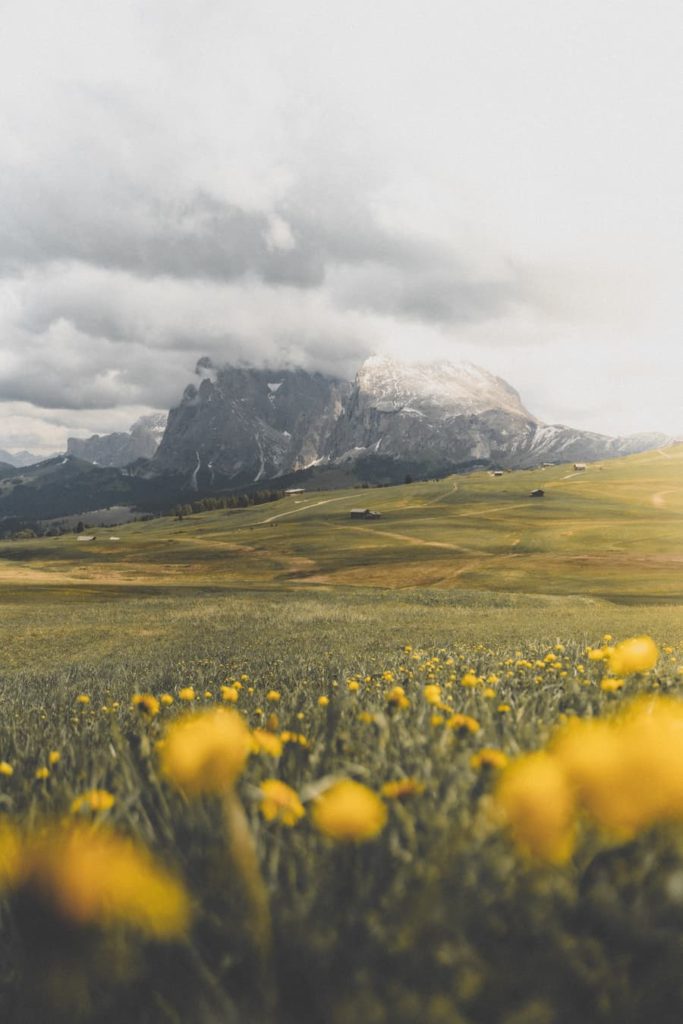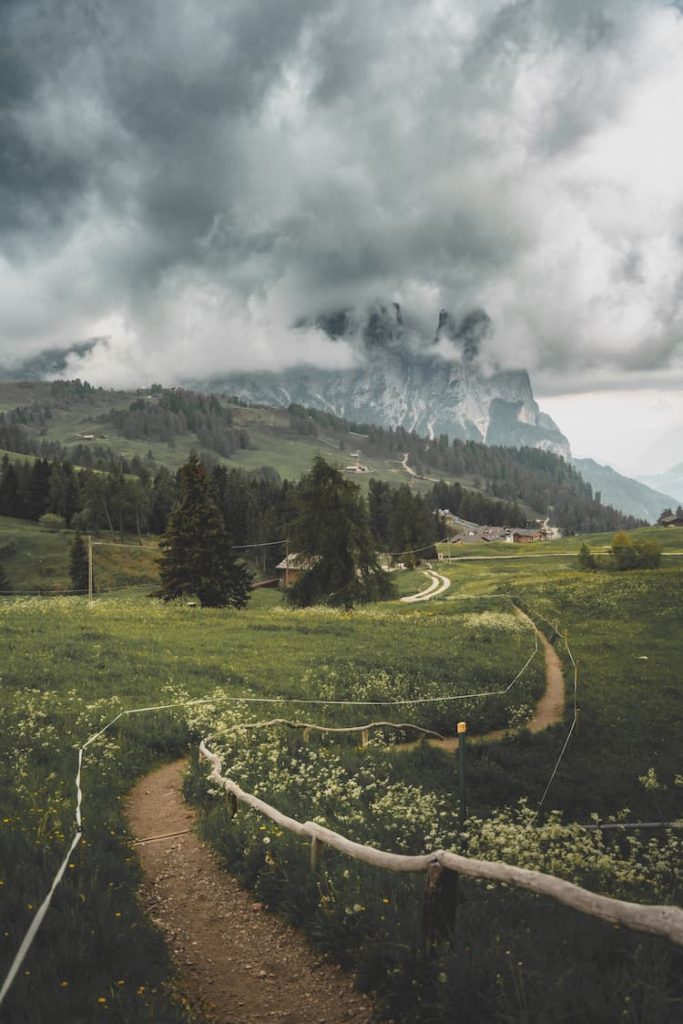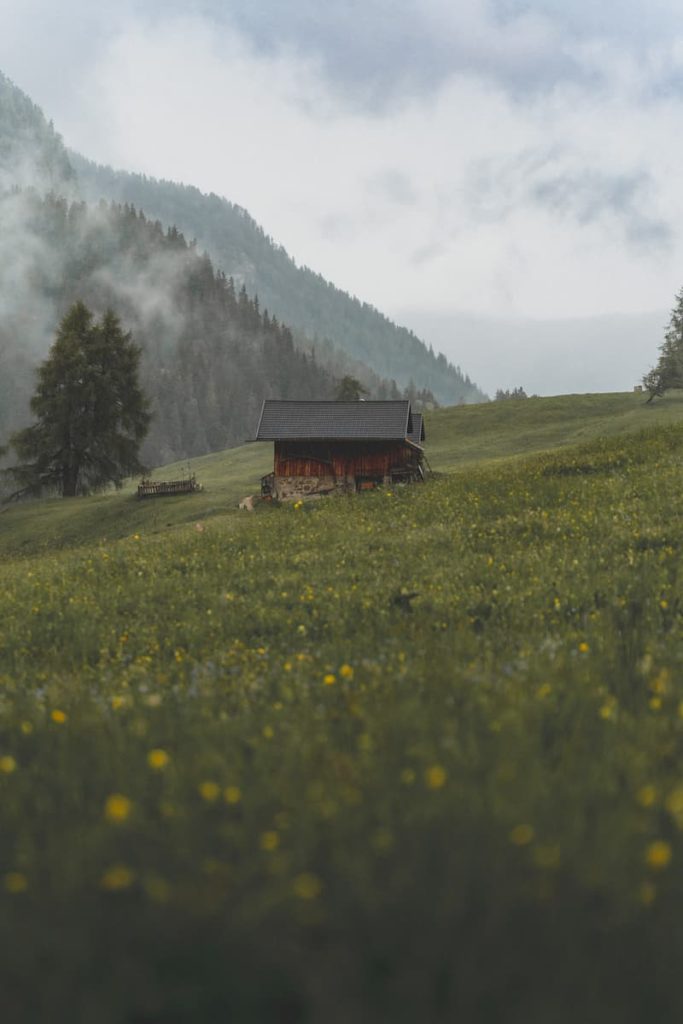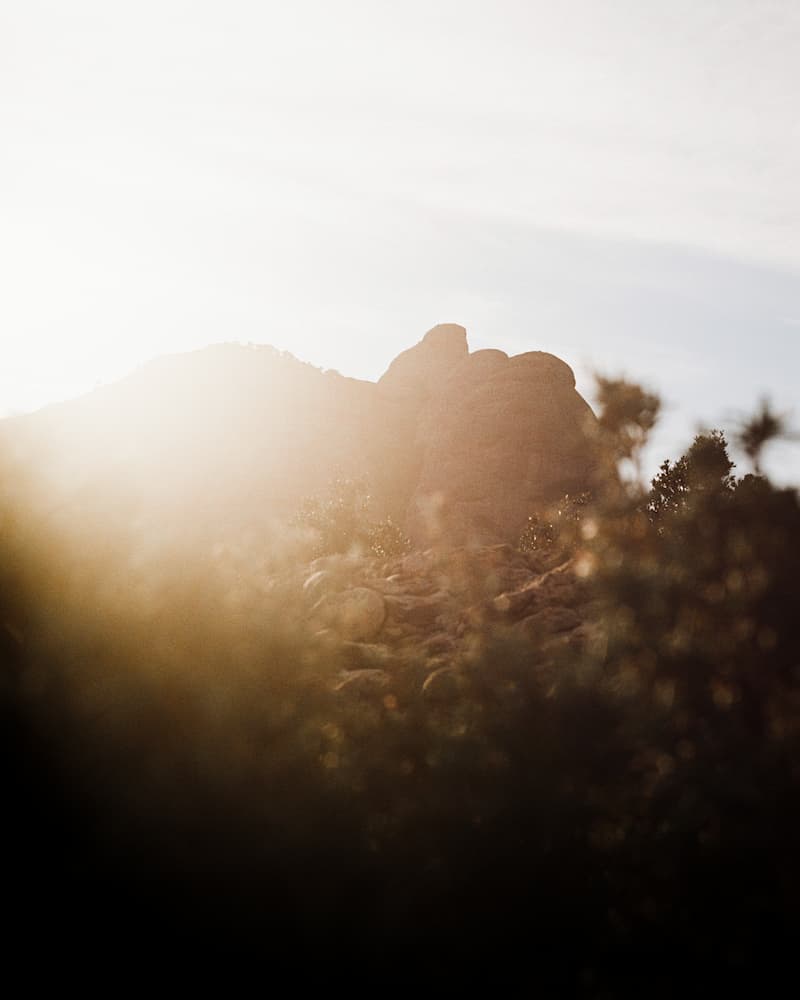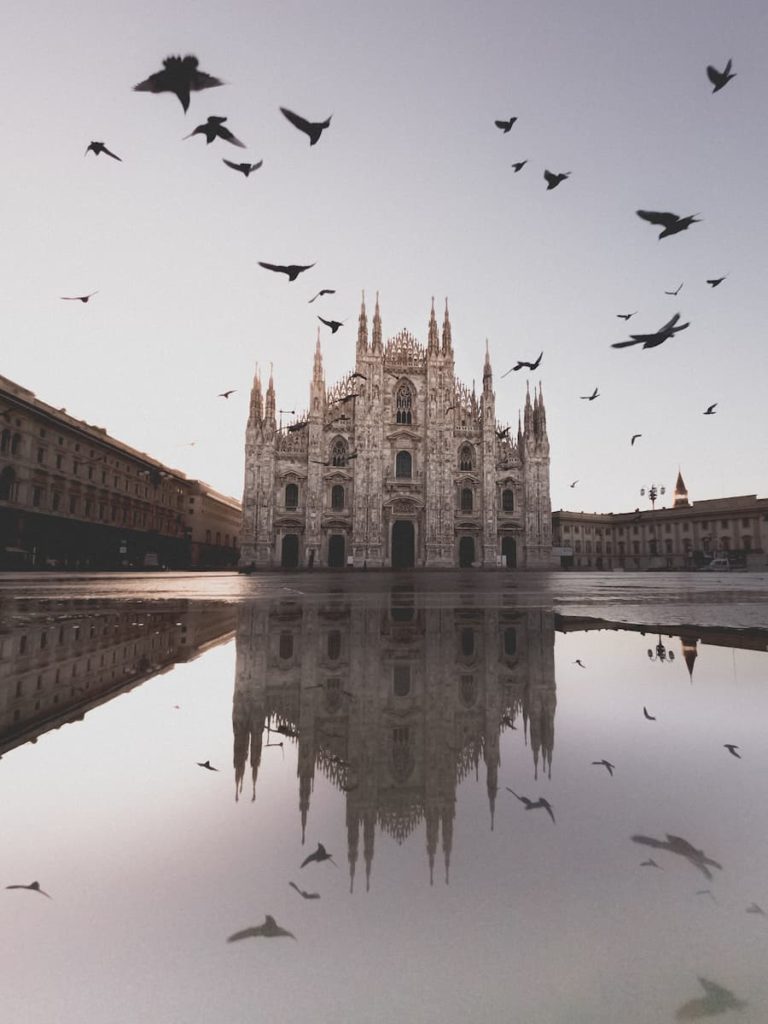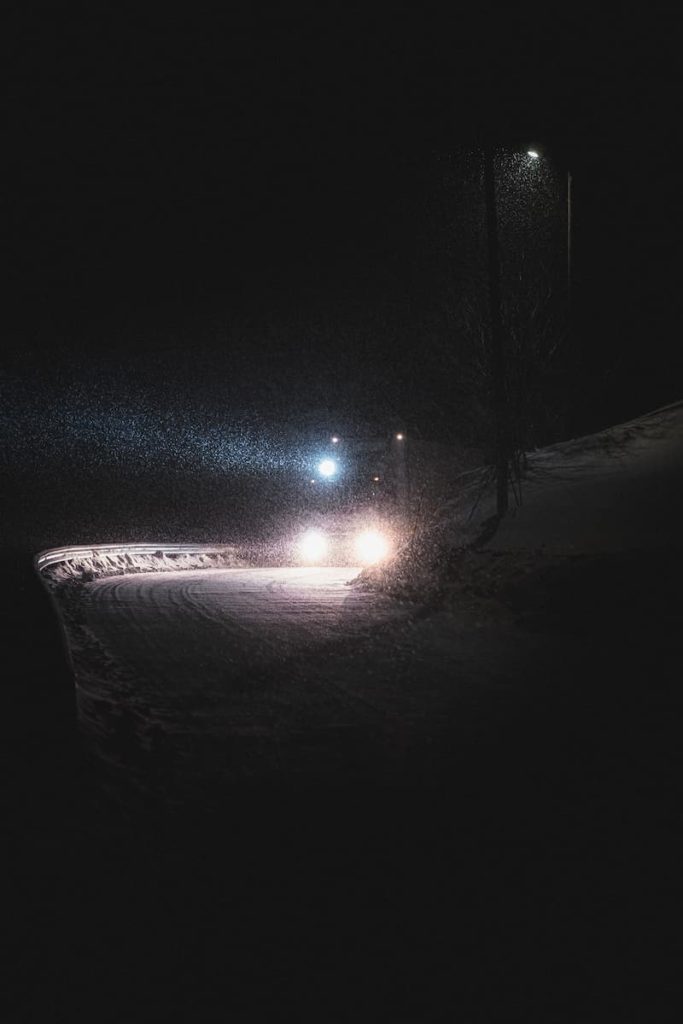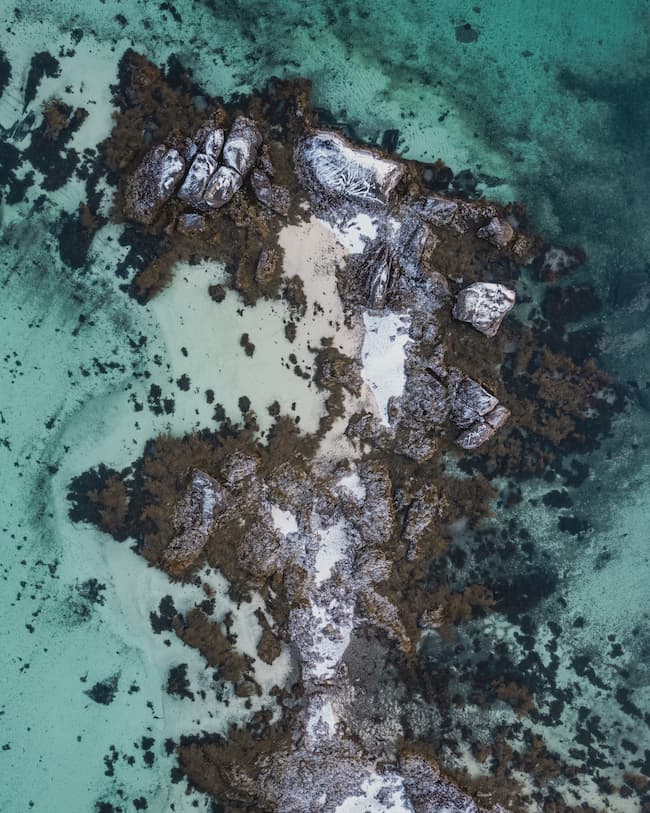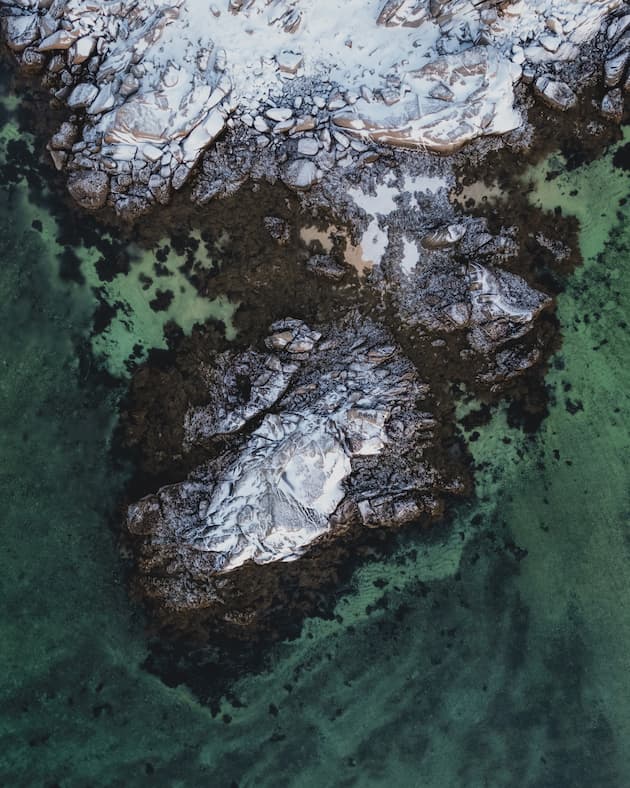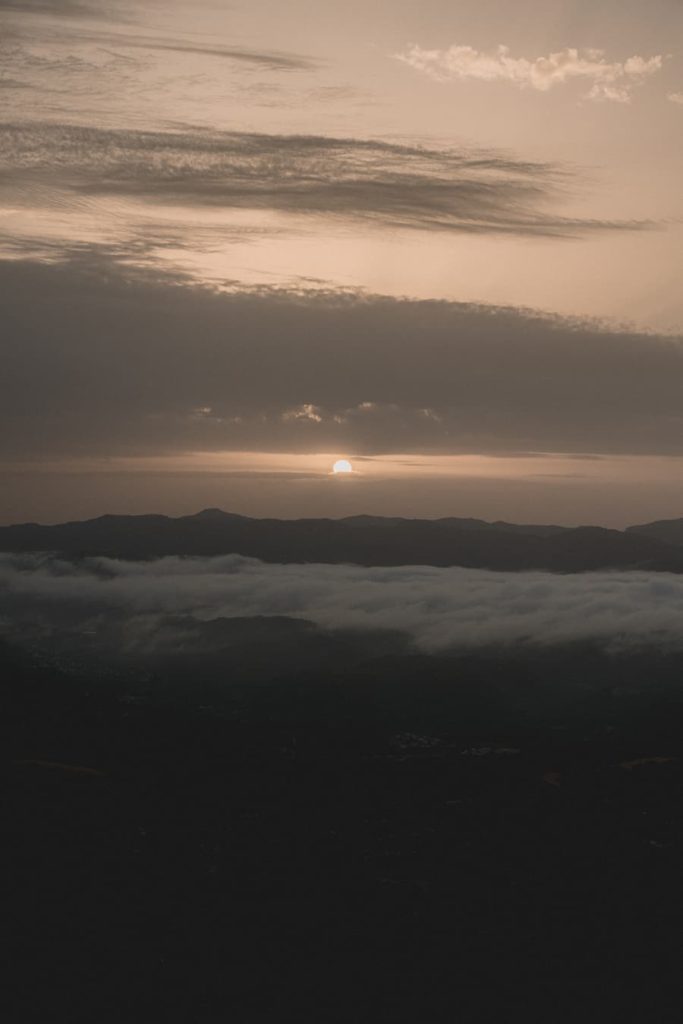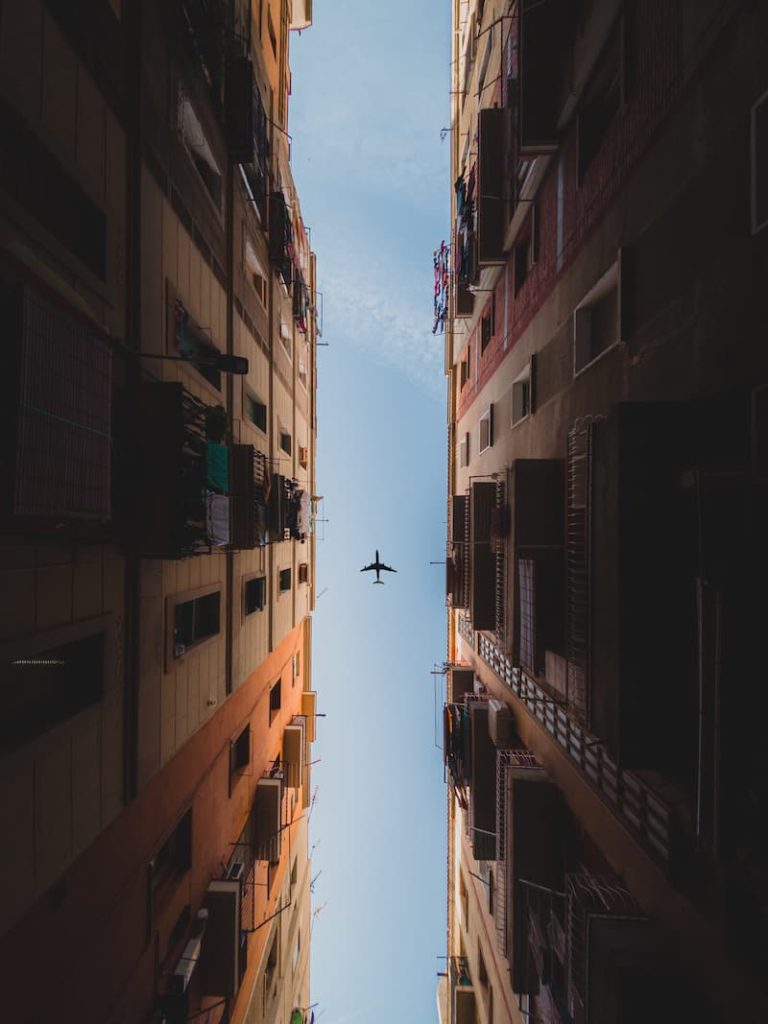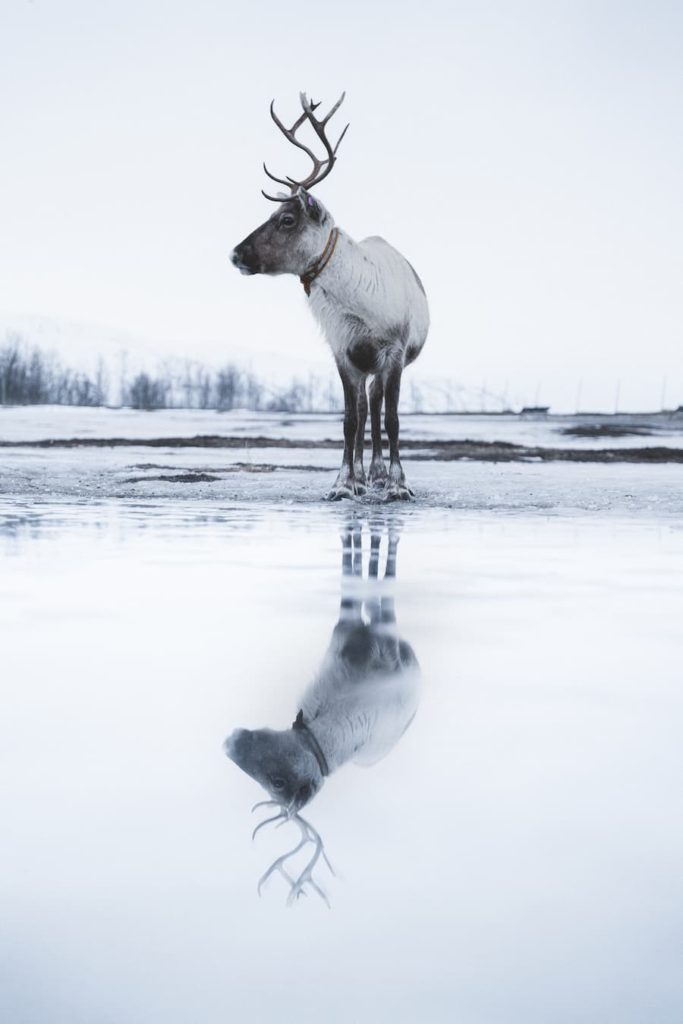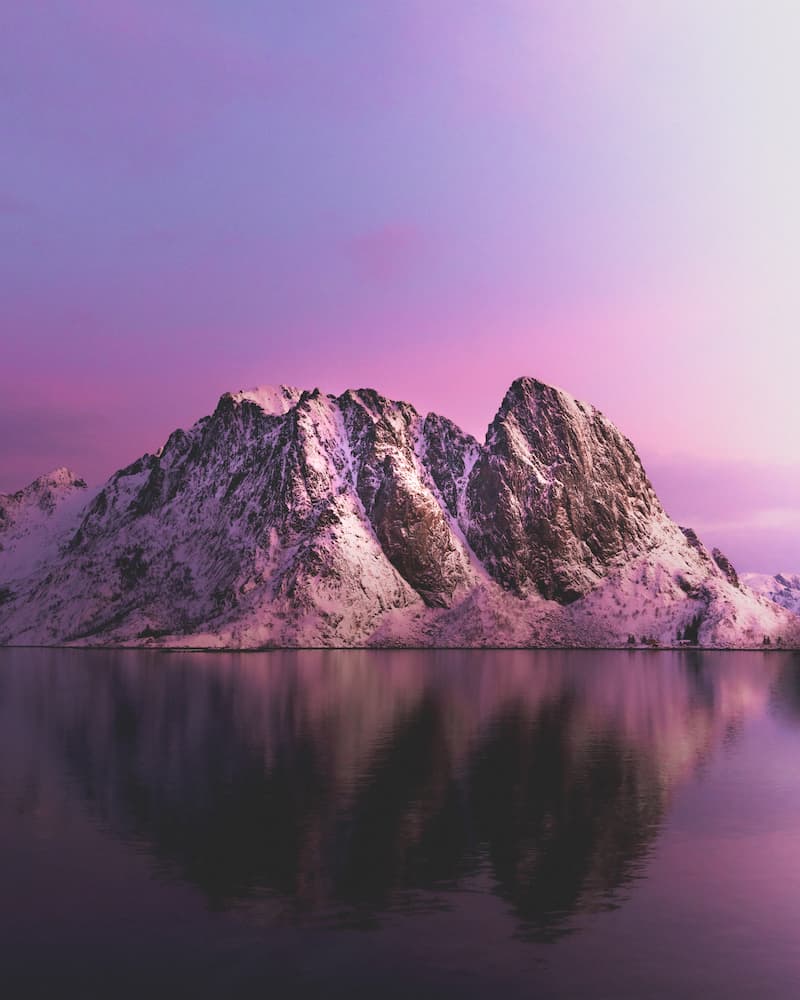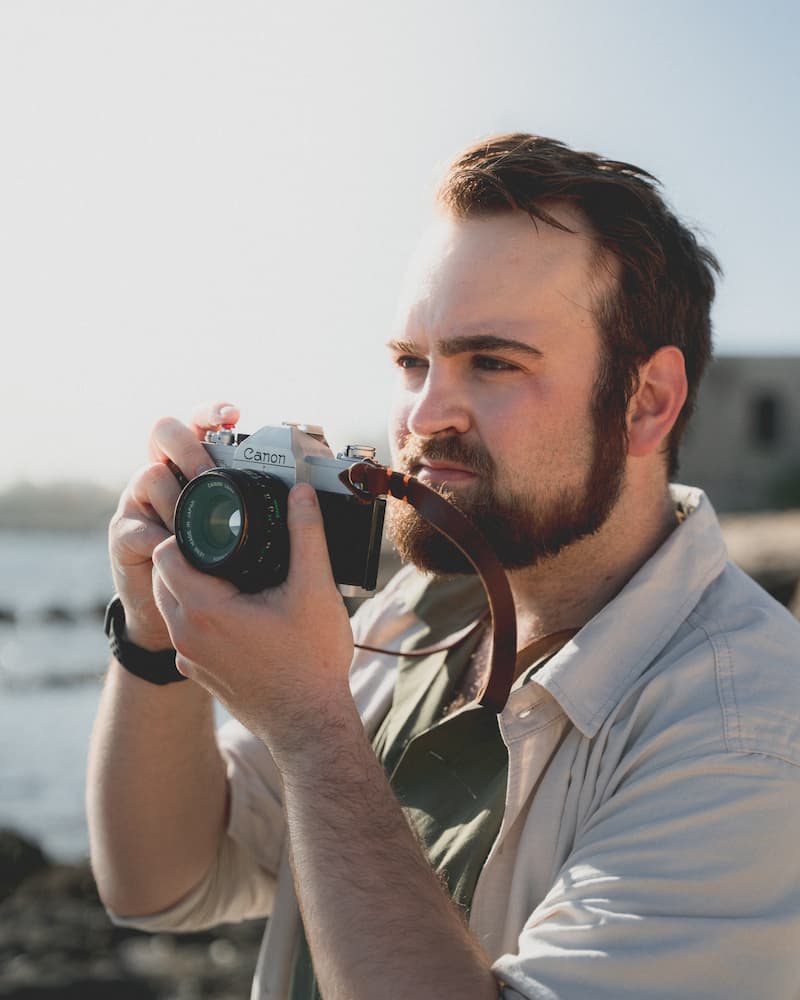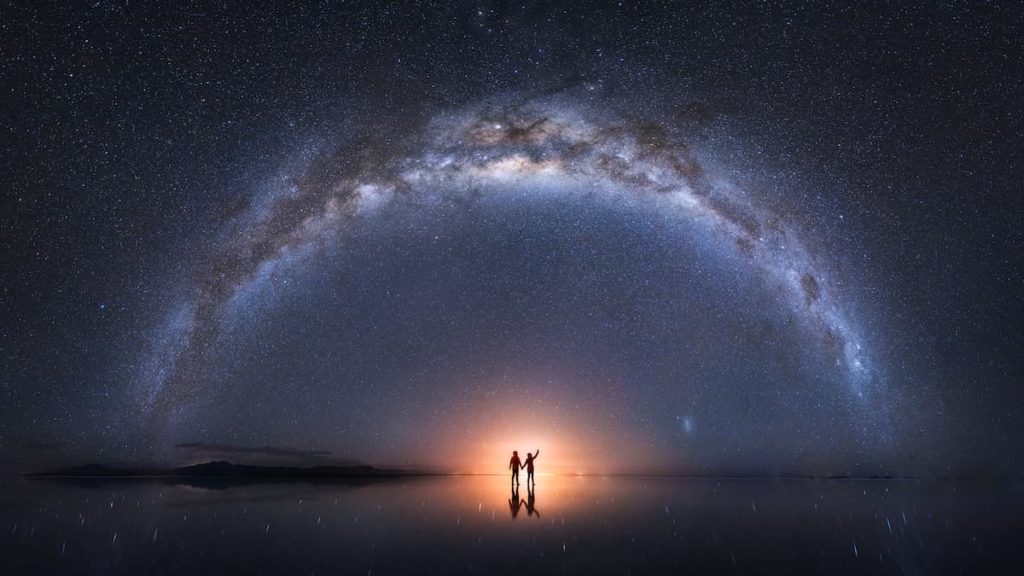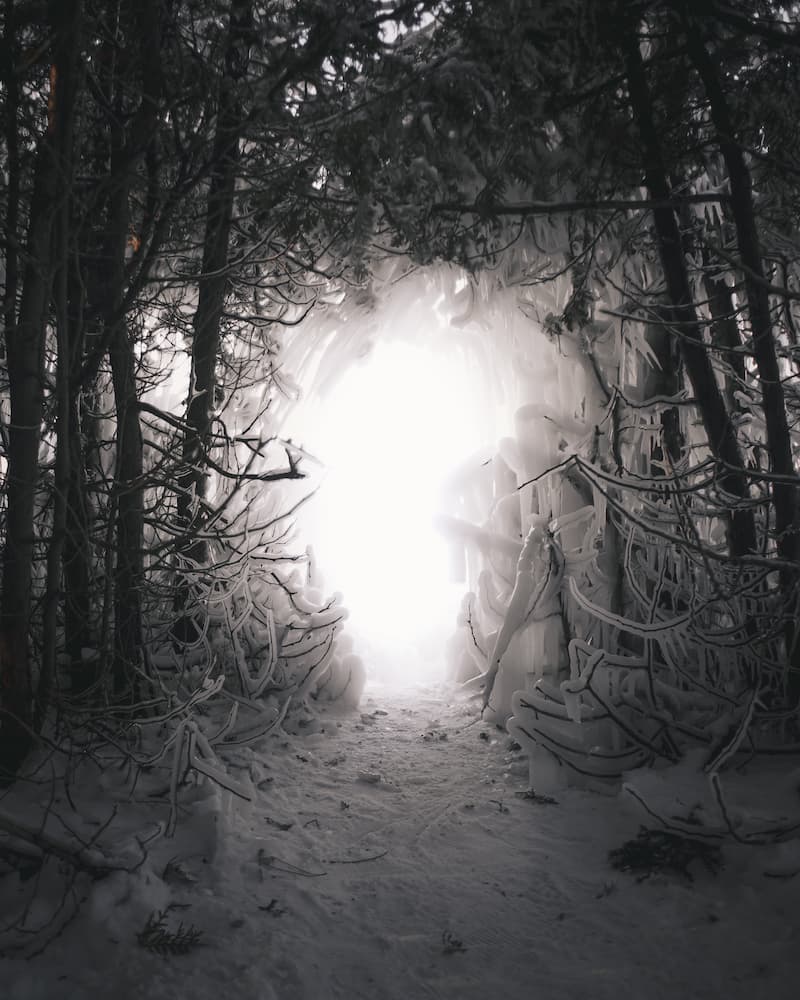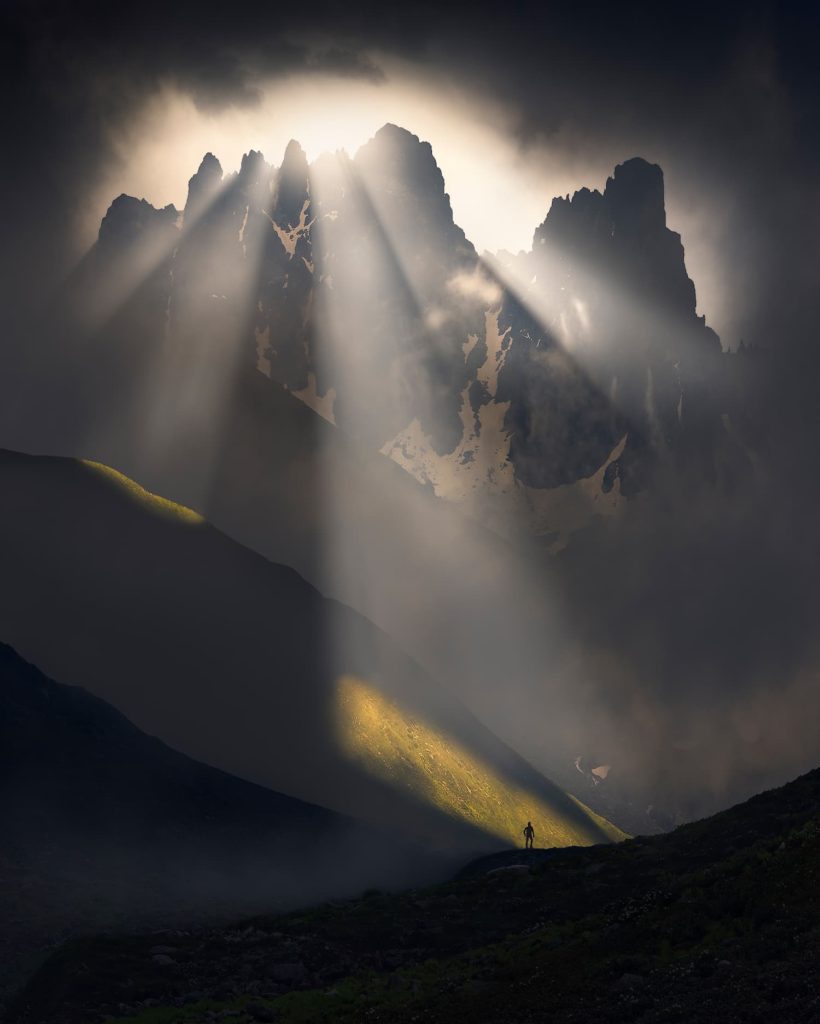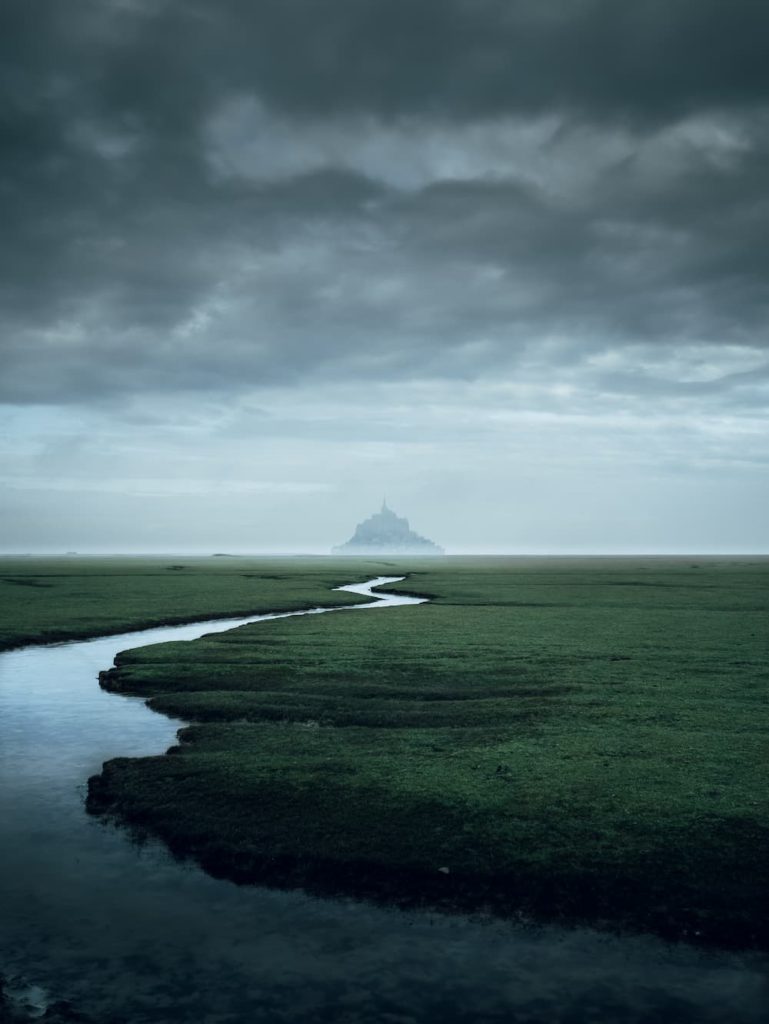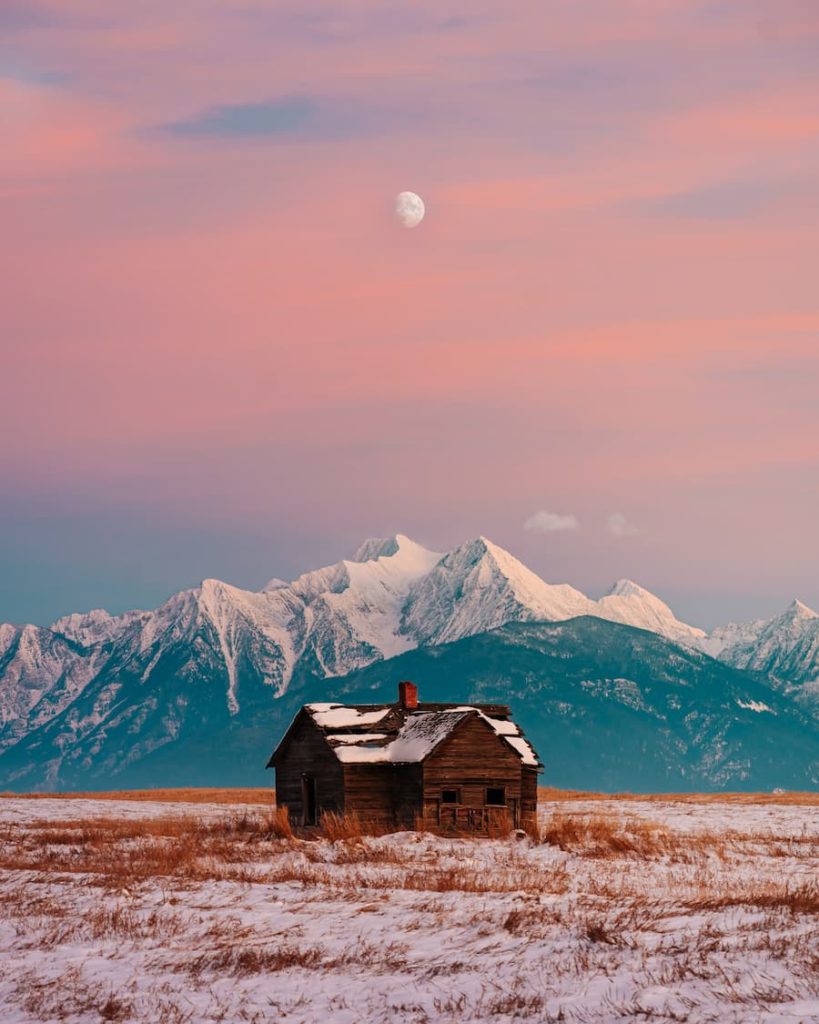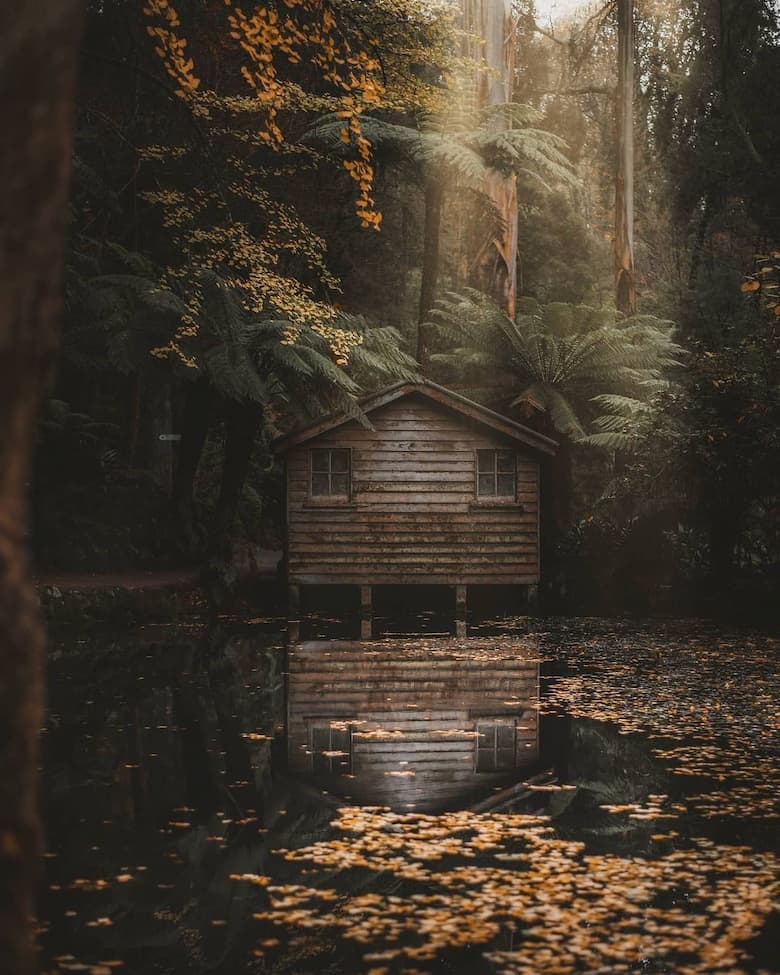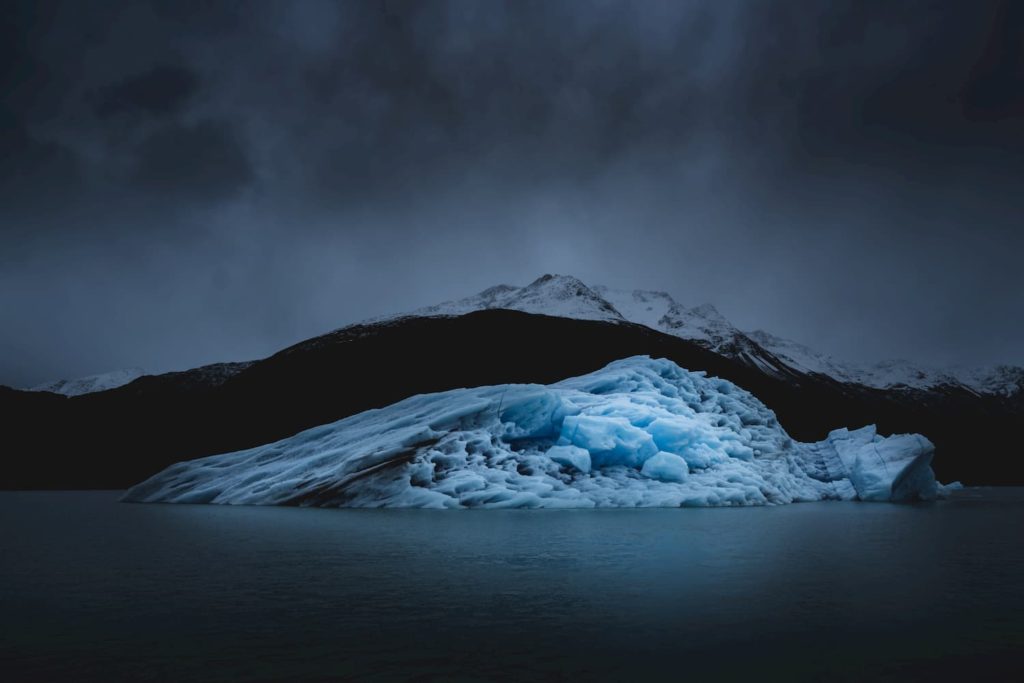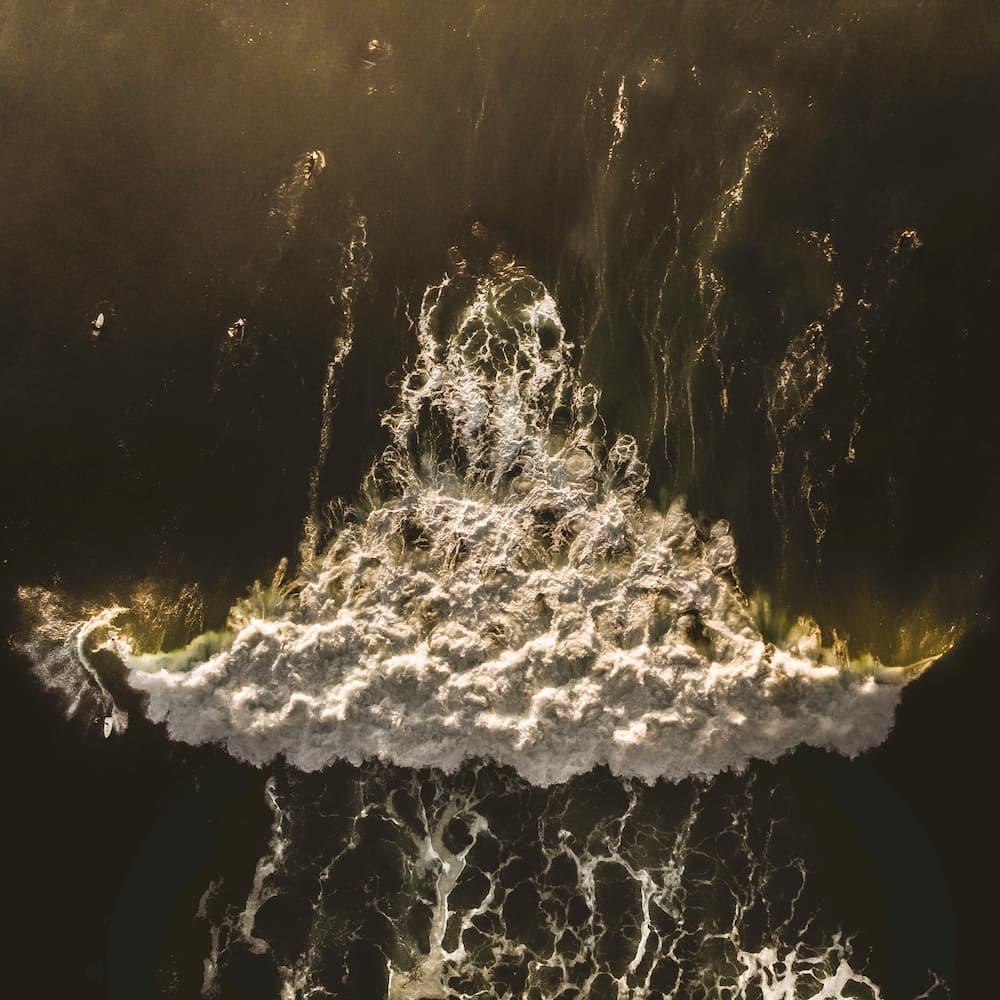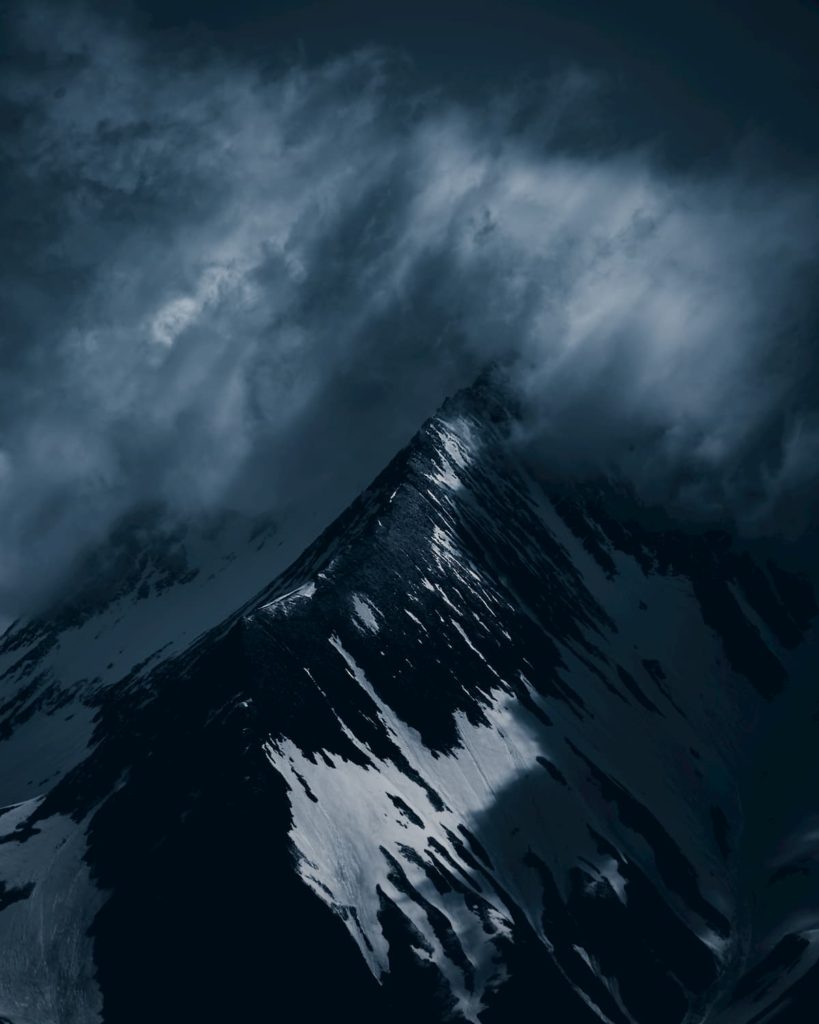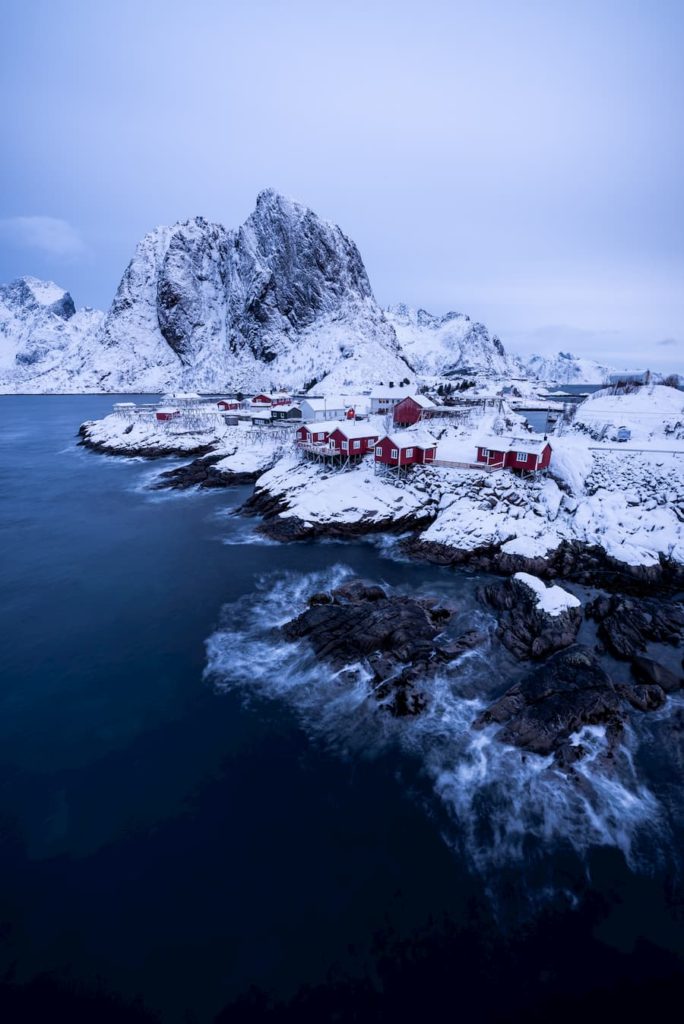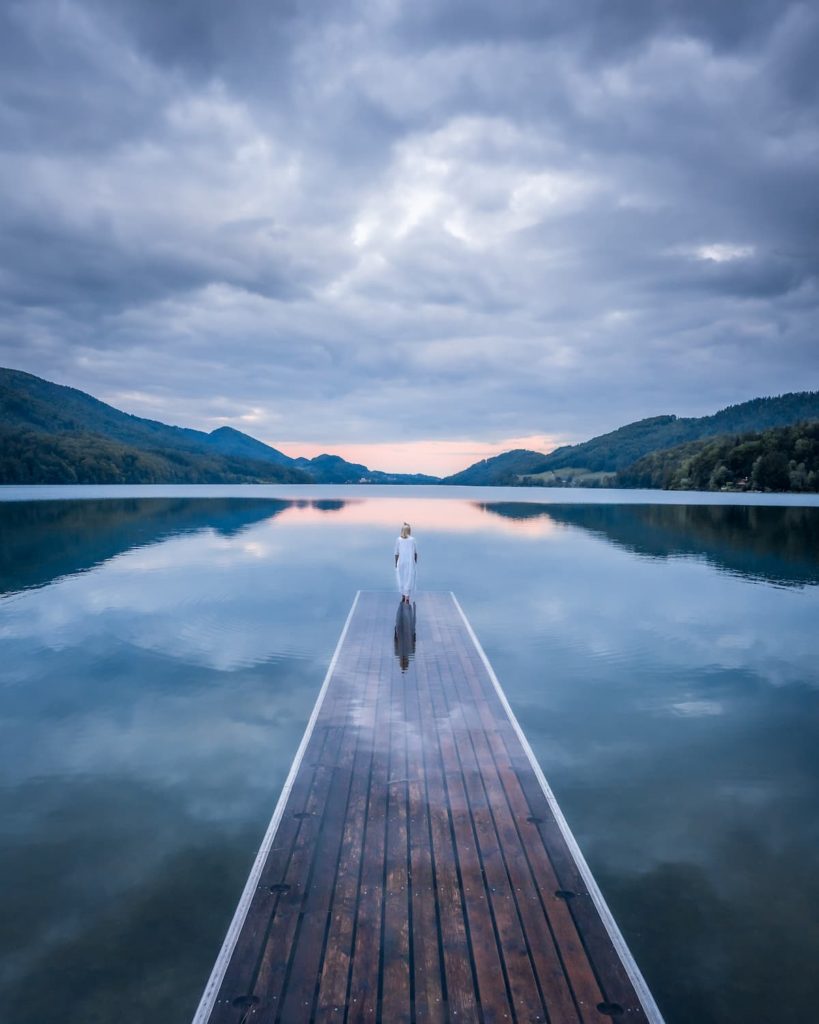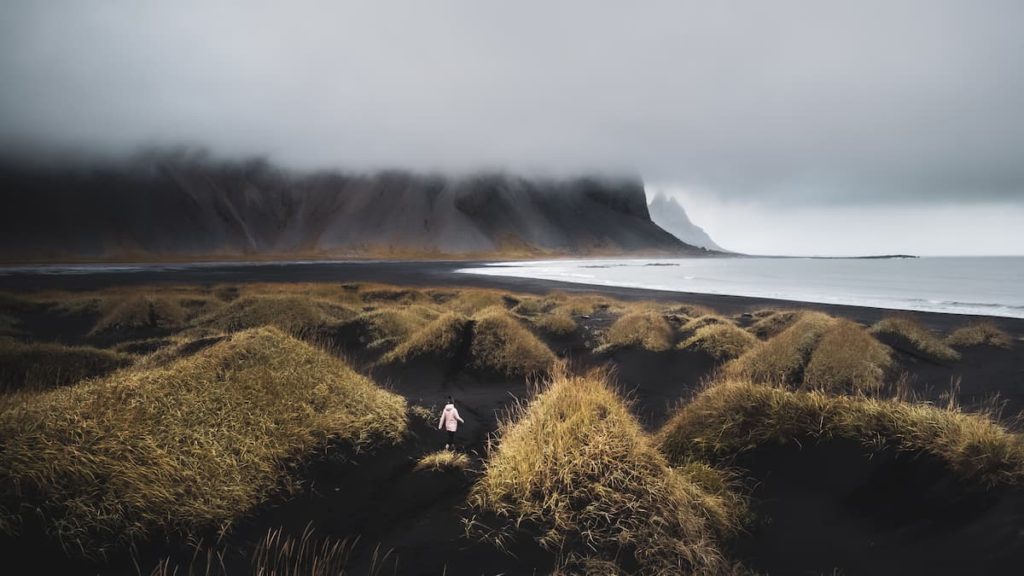
Bruce Mansell
@brucemansell
Photographer based in the UK
For as long as I can remember I’ve always had a creative side, and for most of that time I hadn’t discovered what my real creative outlet was. I’d tried painting, writing, and music; none of which I appeared particularly talented at but more importantly I never felt any kind of connection or emotion to the actual practice of them. I can appreciate a painting, poem, or piece of music, but just didn’t have that spark to create them.
When I upgraded to my first smartphone I got an HTC One S, with loads of marketing telling me how good the camera on the phone was. So I went out and used it, and enjoyed using it. I quickly decided I wanted a ‘proper’ camera and shortly after that my mother brought me my first digital camera, a Pentax X5, from a computer shop in Gibraltar during a cruise. I was hooked from the minute I got it, taking photos of everything, butterflies in bushes, old forts with flags flying above, and boats in the harbor.
"Fast forward to 2022, I’m traveling the world with professional full-frame camera gear and documenting all the weird and wonderful places I visit, and building up my skills as I go."
I found a natural enjoyment in photography that I didn’t feel with any other creative art form. I was never good at plucking ideas out of thin air for writing or painting, but I was able to recognize compositions with things I could see in a scene and capture a moment as I wanted it to appear.
For the past two years I have been practicing photography in my spare time; I work as a civil engineer for my day job. I work in London, which just happens to be a perfect playground for a photographer. Before 2020 I could’ve been described as an occasional photographer but once we were placed into lockdown photography became my primary escape. Now it’s a much bigger part of my life and I often plan it extensively around my day job.
"I might bring my camera and tripod to work so I can go straight from work into central London to capture a sunset or a thunderstorm."
At the moment I feel like I’m balancing a triangle of the day job, traveling, and photoshoots. At the moment the triangle is somewhat comfortably set towards the salaried day job and traveling, but at some point in the future, I’ll take the leap and transition towards photoshoots and traveling, when the time is right. I have a modest portfolio of photo shoots and have a couple of larger photo/video projects in the pipeline.
Getting my first paid gigs has been a pivotal moment, encouraging me to continue. A gig involves the whole process of discussion, idea-shaping, doing the shoot, sending the photos, and then getting feedback. I’ve done a handful of photoshoots around London, which may not sound like a huge amount – but it’s an incredible feeling that someone has so much confidence in my work that they want to pick me to do their photoshoot. I’ve done photoshoots for a boxing coach, a maternity shoot for a young family and I’ve recently received a booking for a wedding photoshoot.
What makes photography so fulfilling to me is the natural desire to better oneself, not only in a creative sense but in a personal sense too. From the artistic side of things, I’ll always try to improve my craft; learning how to use light in a scene, how best to include human subjects in scenes and more practical things like using flashes or intervalometers.
From a personal perspective, photography makes me a more confident person. Street photography is hard, capturing a moment and having it appear candid takes a lot of skill and confidence. Sometimes you just need to get close and snap the photo, sometimes you might need to engage with a subject to get a more intimate photograph. Landscape photography pushes me to explore and find new places. I’ve done my fair share of wandering off the beaten track during my travels and being rewarded at the end of it. I’ve been to and explored places I never would have found if it weren’t for photography.
I also feel the discipline you practice for photography carries over into other aspects of your life. When you’re out on a shoot there’s so much to consider, not just the usual aperture-iso-shutter speed, but also weather conditions, light conditions, what stars are going to be visible in the sky… I think using photography to develop this discipline and attention to detail is so valuable as a life skill.
And last but not least, since I enjoy shooting with a film camera, there are specific skills that I needed to acquire and practice to get good shots with it. When using a typical digital camera you get an opportunity to re-do the shot, you can take the same photo dozens of times in an attempt to get the perfect composition. It’s limitless and liberating, it lets you craft the scene in your own personal way. A film camera pretty much turns this way of thinking upside down; instead of a few thousand shots you have 36, and you don’t see the photos until you get them developed. This changes the way I approach photography. Instead of spending time choreographing my own composition, I’m capturing a moment as it happens without any artistic interpretation. I think there’s something really refreshing about that – it’s too easy to get caught up in chasing perfection.
"Using a film camera takes photography back to its core basic philosophy: just going out and taking photos."
Manual focusing is a big part of getting a good result with a film camera. Before owning one, I only used manual focusing for setting up a long exposure or if the scene was too dark for autofocus to function. Trying to nail manual focus when you’re running around European city streets with a film camera is a challenge on an entirely new level! I was never the most confident person with street photography; especially when it means waving around a big mirrorless camera with big, professional-looking glass in front of people. But a film camera looks innocuous – more like a trendy fashion statement than a photographic tool. I found people were less interested in the film camera and would write me off as a tourist. So I felt I was free to experiment with street photography and learned how the presence of people in a scene can make it seem so much more dynamic and alive. Now I’m far more confident with my approach to street photography with my digital camera as well.
My approach to editing developed film photographs is very minimal. Film already has an incredible amount of character and in most cases, I don’t feel it needs any post-processing. My favorite film camera to use while traveling is Kodak Ektar 100. It has a very fine grain and is super sharp. I find the final developed result is usually very similar to the kind of effect I’d aim for when editing a digital photograph, though sometimes the colors may be a bit too saturated for my liking so I may bring them down. Depending on the scene I may clone out distractions, adjust the color temperature, and add in a mask to exaggerate a sun flare – all typical things for a digital workflow. Though extra attention is needed to make sure whatever edits are made don’t change the grain detail of the original photo.
The primary thing to consider with a film scan is that you won’t have the dynamic range that you’ll have with a RAW file, hence less wiggle room for bringing down highlights and bringing up shadows. This makes me stay disciplined with my exposure when composing a photograph, you can’t fix a film photograph under/over exposure in post-processing. If you opt to get a scan in TIFF, instead of JPEG, you get a bit more room for error, but you still have to consider that any major highlight adjustments will exaggerate the grain in that part of the image.
My favorite photo of my film and digital shots is of the cloud inversion at Montserrat Spain, taken in September 2021. At this point I could hardly be considered a seasoned traveler, owing to England’s many sporadic lockdowns. September 2021 was one of my first big post-covid adventures with my camera, and it was the first time I’d ever seen a cloud inversion in person.
I’d visited Montserrat before for a day trip, but I absolutely knew I needed to come back and stay the night in the hotel next to the monastery. From my room, I could see down into the valley, and I vividly remember the view I had when I woke up. Now, I couldn’t see down into the valley, just a sea of clouds with a few mountain peaks poking through it, I almost couldn’t believe it at first. I jumped out of bed and walked out to a nearby viewpoint overlooking the valley to find a complete sea of clouds covering it, going as far as the eye could see. It looked like Montserrat and the other mountains in the area were their own isolated islands. It felt so epic and so surreal; I felt like I was on top of the world. I vividly remember the feeling of awe and disbelief standing at the edge of the viewing platform and looking out at the view; I’d only ever seen views like this on social media so it was incredible to be there and see it in person. What made it more special was that I was the only one awake at that time. It was 6:30 am, so the only company I had were the birds singing and the occasional mountain goat grazing.
"Whenever I visit Catalonia, I stay another night at Montserrat with the hope I can experience it again."
Spain and Catalonia are dear to me also because I spent a month in Barcelona. I’d visited the city twice and absolutely adored it. For the third time, I wanted to jump right back in and fully immerse myself in the city and the Catalonian culture, so I went there for a month with my bicycle and camera. I was going to do some day trips to popular locations at the weekends but I’d told myself this month was going to be all about living as a local.
The whole time I spent there was incredible. The people, the food, the city, the nature around the city, the coast, everything was just amazing. I had joined a cycling club during my time there and I always looked forward to the patatas bravas, beers, and conversations that we’d have after every single ride. The people there are so relaxed and carefree, there’s definitely a thing or two we could learn from them.
These bike rides would take us far outside the city, into little villages where no English was spoken at all, and I loved it. When I’m traveling, things like this are a joy to see – an authentic place that isn’t catered to tourists.
Every single time I travel I feel it enlightens me and expands my personal growth by talking to different people, each with their own unique stories. It’s quite easy to start conversations as many people are curious when they see you with a camera photographing something and might stop and ask you about it.
In Montpellier, France I connected with a young man who was at the beginning of his stand-up comedy career, and an older woman who had emigrated from Egypt with their family. In TromsØ, Norway I had a conversation with one of the reindeer headers at the Sami sanctuary, it was a fascinating insight into a totally different way of life, and it was interesting to hear about their starkly different attitude to guest/animal safety. Typically, in this kind of setting in the UK, the priority is the safety of the guests over the safety of the animals, in the Sami sanctuary, it’s the other way around. The guests are under tight rules to ensure they don’t frighten the animals; the reindeer are everything to the Sami people, and while they want to share their culture, they also deeply wish to protect it. It was comforting to see that the animals here were treated so well.
Also in Norway, in January this year (2022), a kind stranger helped me out of trouble. I had planned to stay in the Lofoten islands for 3 nights during my two-week trip. Though to my misfortune, an intense storm quickly moved across the island just hours after my arrival, with snowfall, rain, and winds of 70mph. I spent 3 nights staying very close to my apartment, hoping the storm would dissipate but the winds just blew stronger and stronger. I was initially frustrated that I was not able to use my drone in these conditions, but as I became aware that all public transportation was being canceled, I realized not being able to fly my drone was the least of my problems!
This would have left me stranded if it weren’t for the kind host letting me stay for free until the storm had moved on. I really needed it and I was incredibly grateful to the host for it. This was the first time in my travels that a complete stranger had gone out of their way to do something for me, and that was special. It’s a comforting thought that with all the apparent greed in the world you’ll still witness these acts of selflessness.
To me, travel is one of the most wonderful activities to do. It presents you with so much newness, opens your eyes, provokes kindness and creativity, and it shows you the wonders of the world and its people.
Would you like content like this sent to your inbox?
NOMADICT
ART GALLERY
THE LATEST STORIES
WRITEN WITH PASSION TO INSPIRE YOU

Miroslav Maršík (@miromarsik): Photographer based in Czech Republic
In this article, Miro shares how his love for cinematic music evolved into a deep passion for photography and how he uses light, color, and atmosphere to turn the streets of Prague into living film scenes.

Aurora photography panorama workflow: A guide to camera settings, editing, and color
In this article, Stefanie reveals how her background in physics sparked her passion for astrophotography and how she blends science with creativity to capture the beauty of the night sky. Readers will discover her approach to color, contrast, and editing, as well as her aurora photography workflow.

Yhabril (@yhabril): Best of the Week 33 at #nomadict
Spanish photographer Yhabril captures the profound connection between humans and the mountains that shaped him. Growing up in the Pyrenees, his work bridges outdoor sports, landscapes, and celestial scenes — often blending athletes, moonlight, and wilderness into striking visual stories.

Ariane Totzke (@besondersschwierig): Photographer based in Switzerland
In this article, Ariane shares how photography helped her navigate personal challenges, connect authentically with people and animals, and develop a philosophy rooted in empathy and artistic freedom. Readers will also discover her ethical approach to wildlife photography and her trusted equipment for both camouflage techniques and cameras.

How to photograph Dutch tulip fields: A guide to light, gear, composition, and colors
Discover how to photograph Dutch tulip fields in their most magical light. From choosing the right gear and lenses to mastering composition, color, and aerial perspectives, this guide shares creative techniques to capture the beauty of the Netherlands’ tulips. Learn how light, color grading, and proportion bring emotion into every frame.
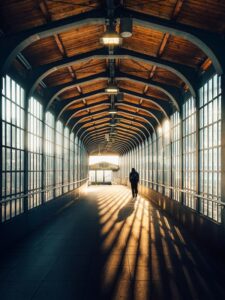
Cinematic city photography: An essential 6-step workflow
In this article, you’ll learn how to read and use light in your home city, choose the right technical settings for low-light scenes, and refine your editing workflow to shape color and atmosphere step by step. In addition, Dominik shares how to find fresh perspectives on familiar locations, five lessons that transformed his photography, and insights on the future of street photography.
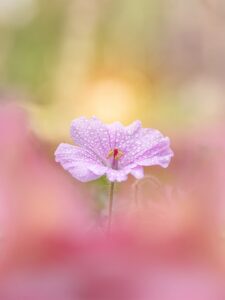
Kyle van Bavel (@kylevanbavel): Photographer based in the Netherlands
Kyle van Bavel is a macro photographer with a distinctive, dreamy style that transforms the unseen details of nature into magical worlds. In this article, he shares how his unique vision, shaped by a journey of self-learning and overcoming dyslexia, has become his greatest creative strength.

Inês Preto (@minespreto): Best of the week 20 at #nomadict 2025
Inês is a nature photographer drawn to wild, remote places where weather, wildlife, and mood shape her storytelling. In this article, she shares the behind-the-scenes journey of capturing the Best of the Week image: a puffin trio on the Faroe Islands. She explains how she approached the edit of this image, and shares key lessons she’s learned through experience.
